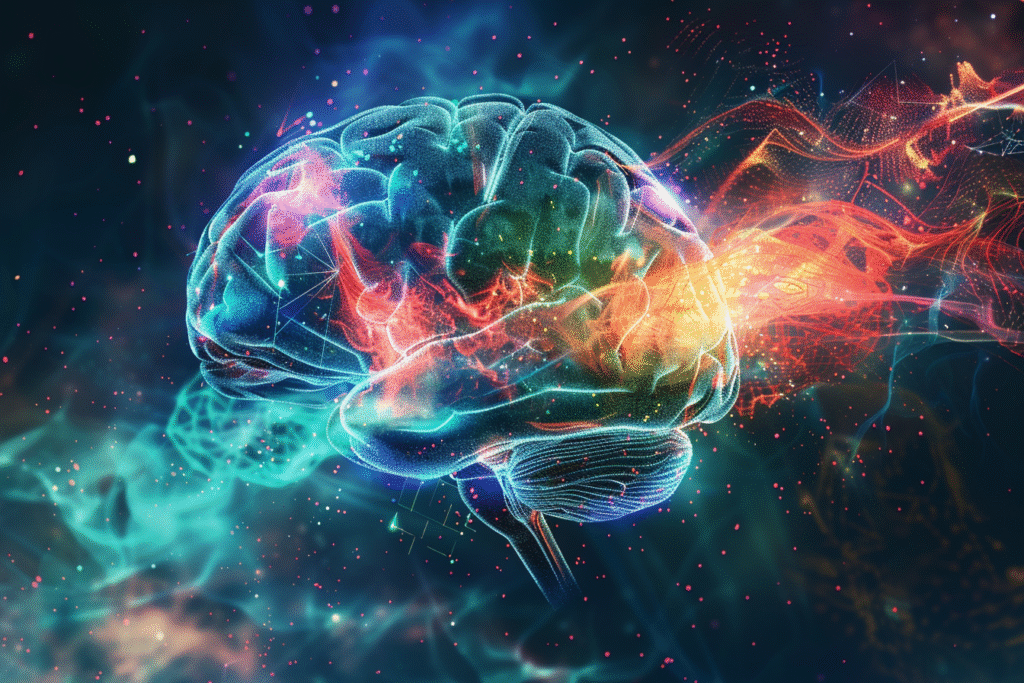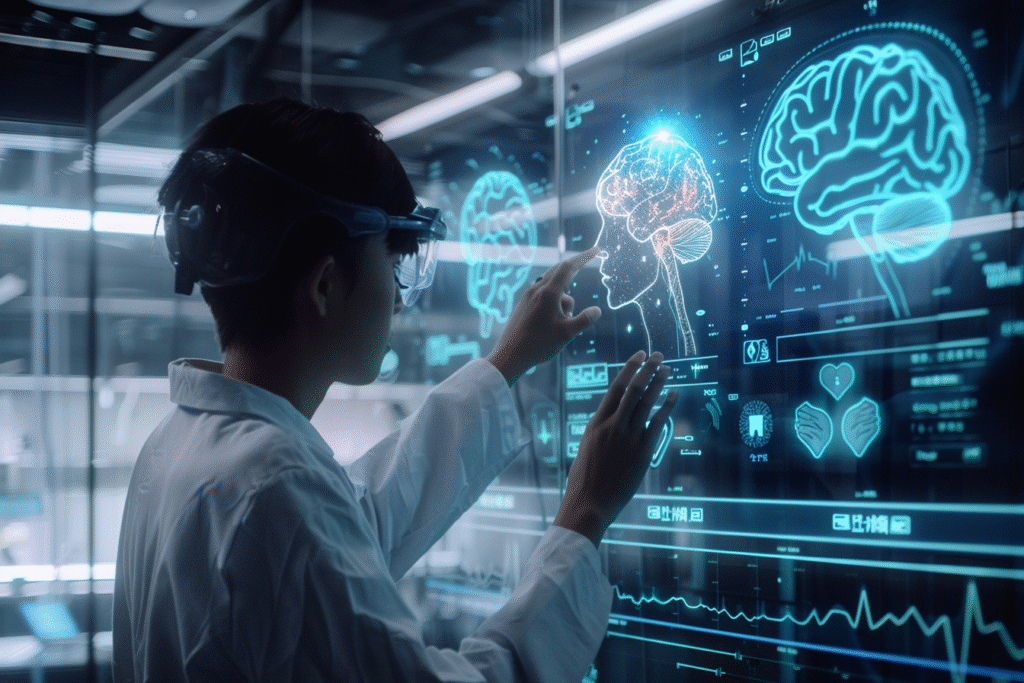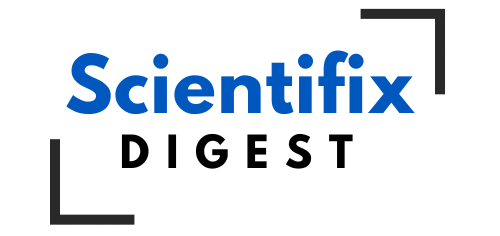Alzheimer’s disease and other dementias affect millions of people around the world, and the numbers are increasing rapidly, especially with rapidly aging populations. Detection of these conditions in their early stages is critical. Treatments and lifestyle interventions are most effective before much of the brain is damaged, but current diagnostic tools often don’t pick up on the changes that occur in the early stages.
A study published in Brain Communications in 2025 is an innovative solution and is called the Fastball EEG test.
This new approach relies on electroencephalography (EEG) and measures recognition memory in a manner that is passive, fast and objective with no verbal responses and no task understanding.
The results are summarized by Fastball’s ability to differentiate between healthy older adults and patients with Mild Cognitive Impairment (MCI), particularly those at risk of developing Alzheimer’s disease.

Why Early Diagnosis Matters
Mild Cognitive Impairment is what is often called the gray zone between normal aging and dementia. Those diagnosed with amnestic MCI (aMCI) in which memory is the primary area of decline as many as 40-60% develop Alzheimer’s disease in the space of four years
Traditional diagnostic tools include tests of memory, brain scans, or invasive samples of spinal fluid. These methods are either very expensive, stressful to patients, or not sensitive enough to reveal the earliest signs of decline.
The Fastball test represents a novel approach: one that could be rolled out broadly, cheaply and without the burdens of existing assessments.
What Is Fastball EEG?
Fastball is a method taken from the technique of fast periodic visual stimulation (FPVS). In this method participants are presented with a stream of images on a screen in quick succession and their brain activity is recorded using EEG. Every few images, a previously seen picture (an “oddball”) re appears.
If the brain recognizes the image, it will produce a different electrical response-for even if the person doesn’t consciously notice it. Unlike traditional memory tests, Fastball doesn’t even require participants to speak, write or even understand instructions. It simply measures the brain’s automatic recognition process
The Study
The research team tested 53 patients with MCI and 54 healthy older adults. The MCI group was further subdivided as:
aMCI (amnestic MCI): memory impairment, which is the primary problem.
naMCI (non-amnestic MCI): other cognitive functions are impaired, memory is not impaired.
Each took part in the Fastball test, as well as standard neuropsychological tests of memory, attention, and general cognition.
One year later, many of the participants repeated the study, which enabled researchers to test Fastball’s reliability and ability to track change over time.
Key Findings
Reduced Responses in aMCI
Patients with amnestic MCI also had significantly weaker brain responses to repeated images than either healthy controls or naMCI patients
Specific to the Memory, Not Attention
Fastball signals were highly correlated with recognition memory performance but not with attention or some other functions. This indicates that the test is really measuring memory and not just alertness generally.
Reliable Over Time
Amongst the healthy participants, Fastball results were stable when repeated at one year. This would indicate that it can be used as a consistent monitoring tool.
Early Signs of Conversion
A subset of MCI patients who progressed to dementia had lower Fastball responses at study onset. While numbers were too small for conclusive results, this is a hint of Fastball’s promise in predicting disease progression.
Why This Matters
Fastball improves on many of the limitations of current diagnostic tools:
Passive: No active responses are required, so it can be used with patients having language barriers or anxiety.
Quick: This test takes only 3-5 minutes.
Non invasive: Simple EEG technology is used.
Affordable and scalable: Portable EEG devices would be usable in clinics, hospitals, or even at home in the future.
By supplying a working biomarker of memory, Fastball complements structural biomarkers such as brain scans and blood tests. Together, these tools could provide a revolution in screening and diagnosis for dementia.
Future Directions
The study authors emphasize that additional research is required to verify the predictive power of Fastball, in particular in larger populations of patients who go on to develop Alzheimer’s. The combination of Fastball and blood biomarkers or imaging techniques may offer the best diagnostic toolkit.
If it’s proven in clinical trials, Fastball could be as routine as an electrocardiogram (ECG) a quick, cheap test that’s offered as part of a regular health checkup. This would make early diagnosis of dementia available on a worldwide basis.

Conclusion
The Fastball EEG test is a giant leap towards combating dementia. By providing a rapid, reliable and patient-friendly method of measuring memory function, it can lead to earlier diagnosis and better treatment planning, as well as better quality of life for millions of people at risk.
While there’s more work to do, this breakthrough illustrates how neuroscience and technology are joining forces to address one of the biggest health challenges of our time.
Reference
Stothart G, Alderman S, Hermann O, Creavin S, Coulthard EJ. A passive and objective measure of recognition memory in mild cognitive impairment using Fastball memory assessment. Brain Communications. 2025; fcaf279. doi:10.1093/braincomms/fcaf279

